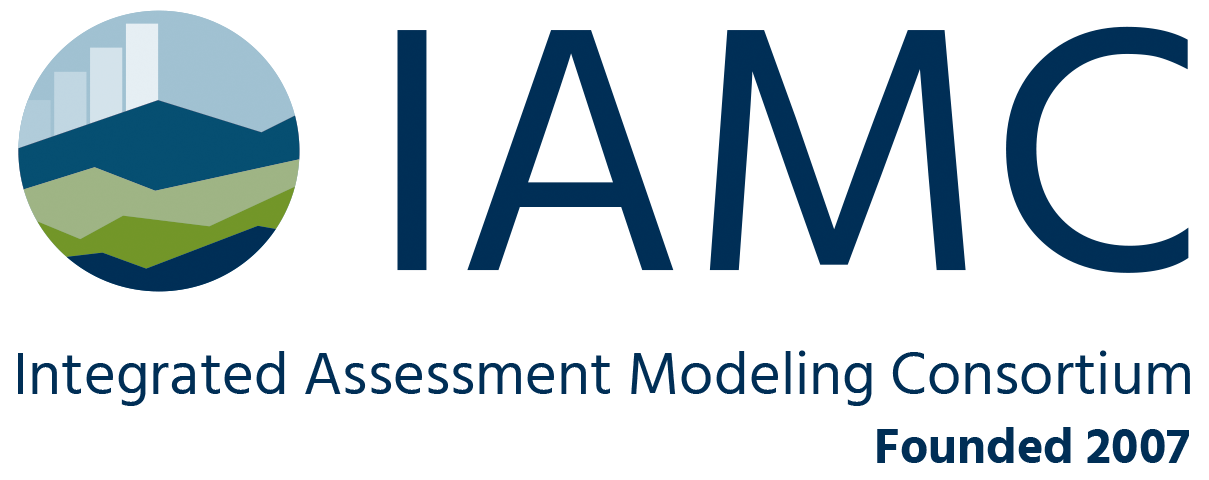The region codelist¶
Each region must be part of a hierarchy, which means that the following nested list structure is required:
- Hierarchy 1:
- Region 1:
description: Some short explanation
iso3_codes: [ABC, DEF, ...]
- Region 2:
description: Some short explanation
iso3_codes: GHI
- Hierarchy 2:
- ...
Regions can have attributes, for example a description or ISO3-codes. If the attribute iso3_codes is provided, the item(s) are validated against a list of valid codes taken from the pycountry package.
Common regions¶
In model-comparison projects, it is useful to define common regions that can be computed consistently from original model results. Widely used examples are the R5, R9 and R10 regions, see here.
Naming conventions for native model regions¶
In contrast to common regions used for comparison or scenario analysis across models, each model has a “native region” resolution.
Models with a coarse spatial resolution should add a model-specific identifier to the native model regions (e.g., MESSAGEix-GLOBIOM 1.1|North America) to avoid confusion when comparing results to other models with similar-but-different regions.
- Model A v1.0:
- Model A v1.0|Region 1:
description: Some short explanation
The renaming from (short) region-names as reported by a modelling framework to such more verbose region names for use in model-comparison projects can be implemented by the Region processing using model mappings.
If a model has a country-level resolution where disambiguation is not a concern, we recommend to not add a model identifier.
